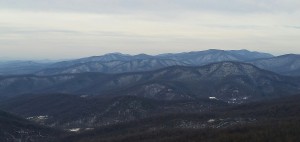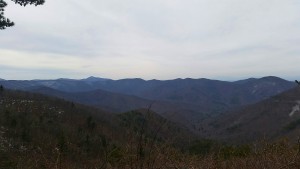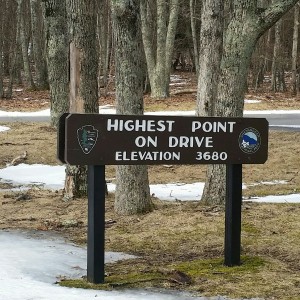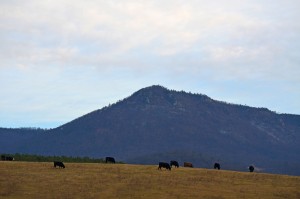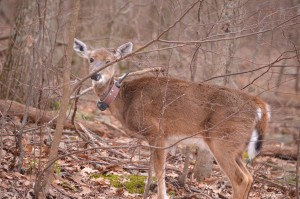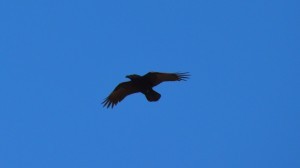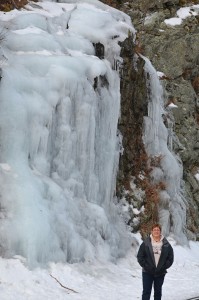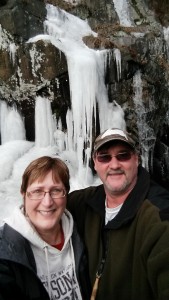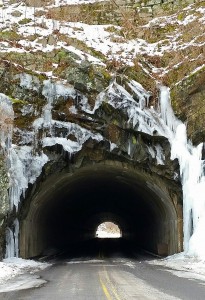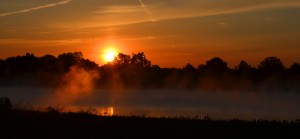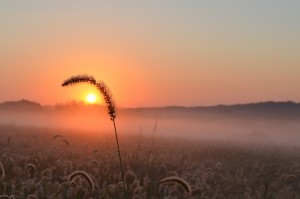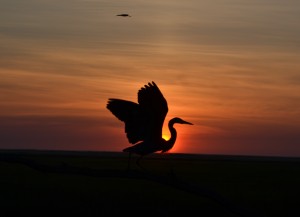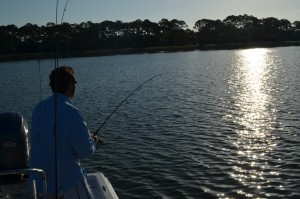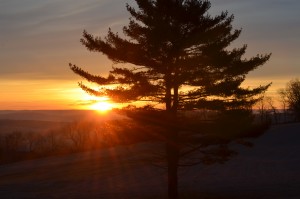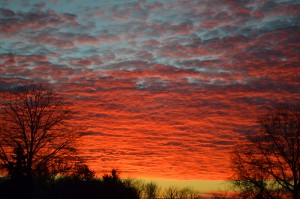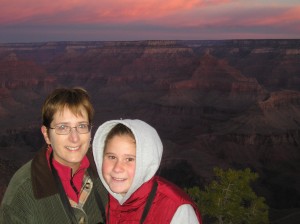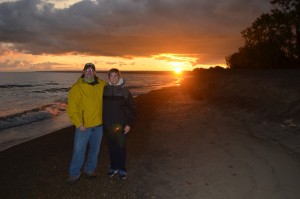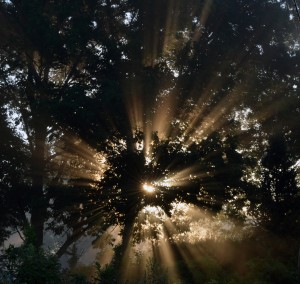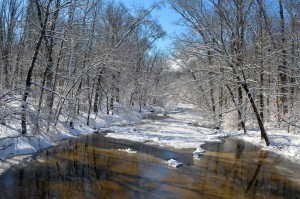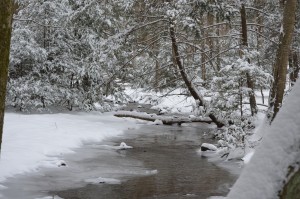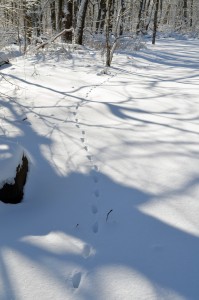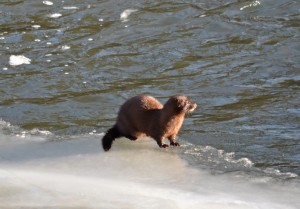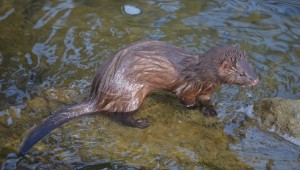We drove to the sky the other day. It was a warm day for late February, and the gray clouds that surrounded us only allowed the sun to peek through every once in a while. The sky is a big thing, and I’m not sure where it actually starts or ends. Technically, by definition, the sky is the area above the earth where the clouds, sun and stars are. OK, so we didn’t actually drive to the sky, but it felt like we came close! 
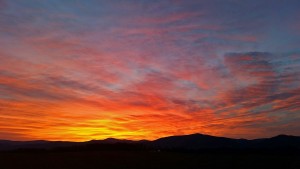
As part of a long weekend in central Virginia recently, Theresa and I took a day and visited Shenandoah National Park, driving the entire 109 miles of the famous Skyline Drive-from Front Royal to Rockfish Gap. It was beautiful, very brown at this time of year, but still beautiful. It’s a humbling feeling to gaze out on the distant mountains and valleys for miles- looking west past the Massanutten Mountains, as the sun sets over the Alleghenies in West Virginia.
Turn 180 degrees and you can stare over the Piedmont, toward the historic city of Fredericksburg and the meandering waters of the Potomac River. You can see a whole lot when you’re drive in the sky!
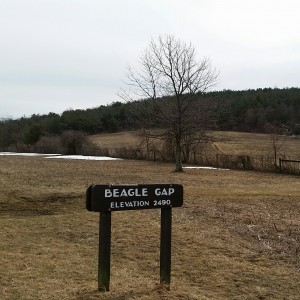
Skyline Drive is an engineering marvel. The vision of the planners in the early 1930’s was to construct a road along the Blue Ridge, where popular new “motor cars” could reach the peaks and give visitors inspiring views from all directions. It was so important that construction began even before Congress established the national park.
Even though the landscape of Shenandoah National Park was dull brown and grey, and most living things were dormant, there was still a sense of awe driving along the top of the Blue Ridge Mountains at 3,000’ +/- elevation, for over 100 miles. We did encounter many deer, including one that wore a radio collar for some type of research, a few squirrels and the ghostly calls of soaring Common Ravens that seemed to echo from each mountain top.
Probably the most interesting part of our driving tour was seeing the many ice formations along the roadway. These large frozen sculptures are created when water runs over rock outcroppings during the day, then re-freezes during the cold nights. Some of them towered almost 20’ high. I couldn’t understand why Theresa was reluctant to stand close to one so I could create a photographic memory. Stop after stop, I kept trying to coax her to get a bit closer, until a large chunk of melting ice came crashing down a few feet from her. I politely asked her to step over the fallen iceberg so I could get a good focus. The last thing I remember was a few choice words, and what I thought was a large piece of hail, came thrusting through the air at my head. The photo opp was done! The falling ice almost claimed Big Blue as well. We quickly stopped in the middle of the road (keeping one eye out for traffic) to snap a couple pictures of a cool-looking tunnel surrounded by ice and snow, when a piece of ice about the size of large basketball made a landing about 50’ from where the truck was parked. When we got back in the truck, we gunned it through the tunnel entrance at warp speed, hoping a landslide of ice and rock wouldn’t cover our trusty vehicle, only to find a safe, secure parking area on the other side of the tunnel!
Like creepy alien critters, water flows under a sheet of ice
The Shenandoah Valley is a special place. A landscape bounded by mountain ranges where the Shenandoah River lazily snakes its way past farms and small towns. And standing to the east, the majestic Blue Ridge Mountains, with a scenic road that connects peak after peak. We will return in one of the green months, and hopefully, in the autumn to enjoy some brilliant fall foliage. But most of all, we look forward to returning to the sky!
